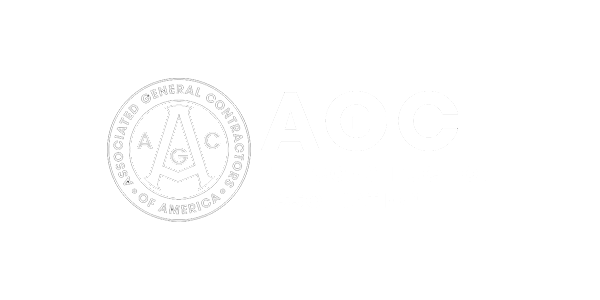Retainage. How can one word inspire so much anxiety? On paper, the practice should be simple enough. Retainage is a powerful strategy for getting subcontractors to complete their work on time and to the satisfaction of the contract. But for many general contractors working in construction, managing retainage is a painful exercise. One in which the same errors keep happening over and over again — regardless of the project. These errors can lead to relationship-damaging payment delays, which can quickly snowball into a legal dispute.
Identifying the root of your retainage issues is critical to eliminating mistakes. Fortunately, most issues are caused by the same five factors. We explore how construction payment software can help contractors improve how they manage retainage, reducing errors for each factor.
5 Factors That Lead to Retainage Errors
In many instances, the causes of retainage errors are linked and can occur simultaneously. In fact, errors in one area often cascade, leading to mistakes further down the line. With this in mind, here are five of the most common reasons for retainage payment errors in construction.
- Poor project and milestone tracking
Even modest construction projects require executing multiple tasks. With so much going on, it can be a struggle to keep accurate and detailed records of how the project is progressing. This is especially challenging for general contractors that rely on paper-based processes to manage invoicing, lien waivers, and progress reports.
Inadequate financial tracking creates delays in releasing retained funds as it is difficult to determine whether subcontractors have met the required milestones. This has a knock-on effect for general contractors, who will struggle to prove work completion to project owners.
- Subcontractors struggle with their paperwork and submissions
Subcontractors don’t get paid for the work they complete — they get paid for the work they document. Despite this, some subcontractors lack either capacity or efficient processes to produce and manage their documentation. This leads to errors such as incomplete or missing submissions, or lack of required compliance documentation.
- Human error from manual data entry
Some general contractors prefer to handle their accounting the old-fashioned way: by hand. But from simple math mistakes to pressing the wrong key, manual entry is a common source of human error while also being incredibly time-consuming. When combined, these issues lead to overpayment, underpayment, or delays in releasing funds.
Related: want to learn how general contractors use new technology to eliminate manual entry? Read our latest Construction Finance Management Report.
- Failing to release retainage after the deadline
General contractors may hold onto retainage longer than necessary, which can cause cash flow problems for subcontractors and strain relationships between parties. Many situations can lead contractors to not release retainage on time. Commonly, contractors mix retained funds with other project funds, which makes it difficult to safeguard retainage. Another common scenario is when process inefficiencies make it difficult to verify work. Funds are then retained until work is confirmed.
- Not aligning on information and expectations
Many checkboxes need to be ticked before a project or project milestone is completed. But as they have different sightlines over the project, general contractors and subcontractors often fail to connect over how work is completed. In many cases, alternative solutions are required to complete a task but these variations can be viewed as defects.
Supplier issues, for instance, may lead a subcontractor to paint a fence using a slightly different shade of paint than was originally agreed to. Should the general contractor mark this task as complete, or should they demand that the subcontractor repaint the fence with the intended color? Either way, a delay has occurred and the subcontractor will have to wait longer to access the retained funds.
How the Right Construction Automation and Payment App Can Prevent Retainage Errors
Construction payment apps are purpose-built to prevent accounting and retainage errors. Along with preventing errors, the right app can empower general contractors to:
- Improve financial tracking that aligns with project milestones — payment apps replace tedious and error-prone paper processes. Features like scheduled payments, automated notifications, digital lien waiver exchanges, and automated project payment applications make it easy to track the progress of projects.
- Help subcontractors be more efficient with paperwork — the right app provides subcontractors with standardized document templates and processes to follow. The ability to efficiently upload, edit, and securely store documents further help subcontractors keep up with their submissions. That way, they can give you, the general contractor, everything you need to release retained funds.
- Eliminate manual entry — accounting features track payments, generate reports, and automate retainage calculations. By removing the need for manual entry, payment apps significantly reduce the number of errors that enter your system.
- Facilitate the timely release of retainage — by streamlining project management and payment processes, general contractors can easily keep account of when retained funds should be released, and in what amounts. Fast and secure payment processing also speeds up the process.
- Establish clearer communication channels with subcontractors — real-time visibility on the status of project milestones, payment applications, lien waivers, and other documentation is crucial to sharing information and helping all parties align on project expectations. Collaborative tools including reporting, document sharing, and messaging help parties communicate on the same platform.
How the Right Construction Automation and Payment App Can Prevent Retainage Errors
Construction payment apps are purpose-built to prevent accounting and retainage errors. Along with preventing errors, the right app can empower general contractors to:
Improve financial tracking that aligns with project milestones — payment apps replace tedious and error-prone paper processes. Features like scheduled payments, automated notifications, digital lien waiver exchanges, and automated project payment applications make it easy to track the progress of projects.
Help subcontractors be more efficient with paperwork — the right app provides subcontractors with standardized document templates and processes to follow. The ability to efficiently upload, edit, and securely store documents further help subcontractors keep up with their submissions. That way, they can give you, the general contractor, everything you need to release retained funds.
Eliminate manual entry — accounting features track payments, generate reports, and automate retainage calculations. By removing the need for manual entry, payment apps significantly reduce the number of errors that enter your system.
Facilitate the timely release of retainage — by streamlining project management and payment processes, general contractors can easily keep account of when retained funds should be released, and in what amounts. Fast and secure payment processing also speeds up the process.
Establish clearer communication channels with subcontractors — real-time visibility on the status of project milestones, payment applications, lien waivers, and other documentation is crucial to sharing information and helping all parties align on project expectations. Collaborative tools including reporting, document sharing, and messaging help parties communicate on the same platform.








